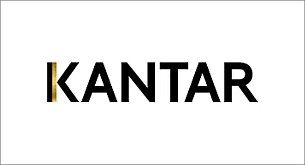A lit Diwali for FMCG players as festive mood sparks sales
Indian brands, emboldened by dropping covid cases, are pulling out all the stops with new launches and aggressive ad campaigns
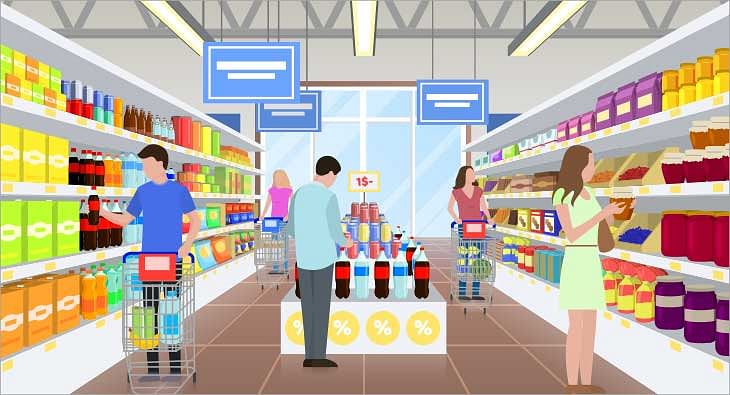
After sluggish 18-odd months, Indian FMCG brands are looking at dropping Covid cases and resurging sales ahead of Diwali to rally their presence and profit margins with new launches and aggressive advertising campaigns by going to the heart of Indian festivities. Namely, our stomachs.
And even as WFH continues for many industries, organizations are engaging with their employees and customers by sending anything from small tokens of appreciation to hampers filled with goodies.
“In our country, where purchase decisions are primarily driven by emotions, the festive season comes with a huge bonus of reminding our customers about Indian culture by associating it with our products. With respect to the packaged snacks and sweets category, the festive season is a great opportunity for businesses to 'up' their sales and nearly 25-30 per cent of traditional namkeen and sweets sales happen during the festive season. With the festive season starting from Rakhi and stretching till Diwali, the demand for in-home snacks rises further, helping us capitalise on the season and further boost our sales,” says Dawinder Pal, Head of Marketing at Bikano.
Uday Mohan, President & Head - North & West India, Havas Media, notes, "A lot of festive specific packaging, cross-promotions, etc. are devised during this time to encourage consumers to buy more, for example, party packs of one-litre soft drinks, large family pack of chips, and even free internet data with the purchase of these snackable items."
Kaushik Chakraborty, EVP, iProspect India affirms, "As the COVID19 cases are reducing across major cities, the festive spirit is at a high compared to the previous year. The run-up to the festive season has seen an increase in the sale of packaged foods, subsequently, leading to significant growth. Beverage sales have witnessed 20% plus increase despite September being the off-season. FMCG companies have also lined up new product launches, gift packs and are rolling out several festive offers.”
Chakraborty notes, “Spends behind video advertising are witnessing an increase with a focus on TV, YouTube, OTT and Social Media. Brands are also investing in short format videos. After witnessing reduced investments in 2020, spends on Print medium are back to 2019 levels with brands leveraging impact positions to attract consumers.
"Historically, TV has been a brand-building medium. Digital, on the other hand, has always provided higher engagement to brands. On Digital, the focus primarily has been on OTT, YouTube and E-commerce," notes Mohan. "Apart from this, there are a lot of new-age avenues which provide higher viewability and engagement, such as music apps like Gaana, Spotify, etc. Consumers on an average spend close to 2.5 hours daily on audio and this provides a huge platform for marketers to reach out to their audience at a relevant time."
And of course, where there are sweets and snacks, there is the quintessential chai. Parimal Shah, Founder & CEO, Cherise India Pvt Limited, elaborates, “Festive season is a crucial time for a brand like us. It’s a time where demand is high in the market and with better logistics, SCM and marketing strategies, one can achieve better results. In our country, tea and coffee are not just beverages, rather they are an integral part of our day to day lives.”
And indeed, even beyond chai, coffee is making a killing. “Over the past few months, Indians have slowly been bouncing back after months being in lockdown. With celebrations being trimmed down last year, everyone has been super excited to celebrate the festivities this year in full swing. With employees being spread across the country thanks to WFH, corporates have allocated budgets towards spending on gifting as a form of employee engagement” says Ajai Thandi, Co-Founder, Sleepy Owl Coffee.
Tata Starbucks has also announced the launch of its all-new corporate gifting platform that provides consumers, employees, business partners and clients an array of custom options to celebrate festive gifting.
“Gifting has been an age-old tradition during Diwali, and thanks to technology, it only takes a few clicks to have a present sent to your loved ones. D2C brands like us are seeing a surge in both, offline and online channels, especially with platforms like Amazon facilitating faster deliveries,” points out Thandi.
As Chakraborty notes, “FMCG sales have witnessed an increase in September vs August, primarily led by discretionary items such as snacks, sweets and beverages. We can expect further increase during the Festive season, as people will indulge in the pleasures of munching. Also snacks, sweets and beverages are good gifting options too.”
Pal agrees, saying, “Keeping in mind the expected surge in sales during the festive season, we have recently launched a new range of chai time snacks. Festivities offer a good opportunity to reconnect with current and prospective consumers. Brands can employ different tactics like leveraging social media to increase visibility, stand apart by using innovative ways like launching a new campaign, distributing coupons or providing discounts and employ a seamless omnichannel experience to increase customer engagement.”
Keeping them company is Haldiram’s had earlier introduced Misree, a premium Indian sweets brand that aims to elevate Indian mithai in the gourmet space. And it’s not just big mithai brands.
NOTO, a low-calorie ice creams and fruit pops brand, began in Mumbai, but is using the festive season as impetus to take the next big leap. Ashni Sheth, Co-founder & Director, NOTO says, "Having achieved a loyal customer base in Mumbai, we're finally spreading our wings and plan to cover all major cities. We want to expand the healthy ice cream vertical, give customers new fun flavours in different formats, and cater to specific lifestyle and dietary requirements such as vegan, keto, high protein and more.” The brand is now available in Delhi-NCR and Bengaluru as well, with plans to continue to pan-India.
Read more news about Marketing News, Advertising News, PR and Corporate Communication News, Digital News, People Movement News
For more updates, be socially connected with us onInstagram, LinkedIn, Twitter, Facebook, Youtube, Whatsapp & Google News
About 60% Instagram influencers in India have fake followers: Report
As per a media report, influencer marketing platform KlugKlug has found that only 2.48 million profiles out of the 8 million have ‘high-quality’ followers
Two of three Instagram influencers in India have more than 60 per cent fake followers, a report by influencer marketing platform KlugKlug shows.
This is particularly true for the beauty and fashion sector, the report noted.
Other countries that have influencers with fake followers are Brazil, the UAE and Indonesia.
As per media reports, such Instagram fake followers can be roped in for as little as Rs 10 to a high of Rs 1,000.
According to Klug Klug India, only 2.48 million profiles out of the 8 million have high-quality followers.
A number of other categories have also been buying fake followers, media reports have noted.
As per a media expert, quoted in the reports, brands are finding it difficult to identify and curb the menace of fake followers and bots.
In a recent setback for influencers the Central Consumer Protection Authority (CCPA) has said those promoting activities like gambling and betting are equally liable as the companies promoting the same.
15% consumers enhance their user experience through virtual assistants: Kantar report
According to Soumya Mohanty, Managing Director & Chief Client Officer- South Asia, Insights Division, Kantar, less than 1% of ads get tested due to lack of time
Marketing data and analytics firm Kantar has unveiled a report that studies the burgeoning AI market to dish out actionable insights for marketers. Within AI, virtual assistants are the fastest growing segment. The report noted that 15% consumers enhanced their ‘user experience through virtual assistants’. This segment is the fastest growing at 27% YoY.
According to the study, while ‘fitness’ and ‘social media’ apps are amongst the leading categories, driving AI adoption (with an average of 2.3 AI led features embedded in these applications), segments like ‘BFSI’, ‘job search’ and ‘short video’ apps are relatively slow in AI adoption, with an average of 1.2 features each. Entertainment apps, digital commerce and pharmacy apps stand somewhere in the middle with 2.0 & 1.8 AI features being adopted, respectively.
Additionally, the report said that while 90% of marketing and sales leaders think their organisations should be using AI “often”, 60% said their organisations “rarely or never” do. Speaking to exchange4media, Soumya Mohanty, Managing Director & Chief Client Officer- South Asia, Insights Division, Kantar highlighted that currently there are a lot of organisations who know that there is something called AI, but haven’t yet figured out how it could help them holistically.
“A lot of the AI just gets used for efficiency purposes, so repetitive tasks get automated,” Mohanty pointed out. Data also plays a big role in why certain organisations are struggling with how to use AI.
For instance, Mohanty explained that in segments like D2C, telecom etc. there is a lot of primary or first-party data. So being able to leverage AI also gets easier. “It's the traditional large sort of FMCG type companies where data sits in silos. You don't really have one single source of data where it's a little difficult to use the full power of AI, because the full power of AI also needs a lot of data sitting in a structure that you can use,” she added.
So, can AI help marketers have a unified view of data? No, says Mohanty. “AI does not help marketers get a unified view of data. Once you have data in a unified way, AI can help you do a lot more with that data.”
According to her, organisations today need to have good, strong data warehousing. “It needs to make sense because a lot of the silos are also because everybody owns one part of it. A lot of people have their own analytics teams internally, so there are a lot of agendas and stakeholders. And then we say data is in silos because fundamentally, when you're doing something internally, different people have different stakes in it,” Mohanty added.
Puneet Avasthi, Senior Executive Director, South Asia, Insights Division, Kantar shared that most organisations are now heavily investing in creating first-party data sets. “Companies that have first party data about their consumers and transactions or interactions that they have with the brand are going to be able to leverage that more effectively to create sharper profiles for the brand as such for the consumer and build relevant recommendations at the right moments.
Panning out she also highlighted how AI can be leveraged to enhance market research and make it more accessible, a part of which Kantar is itself involved in. “A lot of times people say that we can't test an ad because we don't have time. So less than 1% of advertising gets tested and just gets put out. Does it work when it gets put out? It is the question the audience should answer, because so many times, it backfires,” Mohanty shared. Apparently, digital particularly doesn't get tested because organisations just do a/b testing and leave it at that.
Speaking of preferred use cases of AI, Avasthi added that various businesses and brands are looking at creating an experience for the brand that is in line with the brand's architecture and progress across all touch points. “That is something that the AI engines that are working behind can ensure, that all such interactions are consistently delivered across different virtual assistants or chatbots that are available to the consumer,” he said.
The other use case, according to Avasthi, is ensuring that there is greater visibility for the brand in the digital sphere as such, through various recommendation engines, when a certain need is being looked for and to throw up the right kind of information about the brand so that the brand message is amplified in the mind of the consumers.
Among other insights from the Kantar AI report is that 88% consumers used AI based algorithms which analysed their preferences, behaviours, and interests to create personalised recommendations for tailored experiences. This segment grew at 6 % YoY. At 21%, ‘smart home automation’ is a smaller segment but growing at 25% YoY.


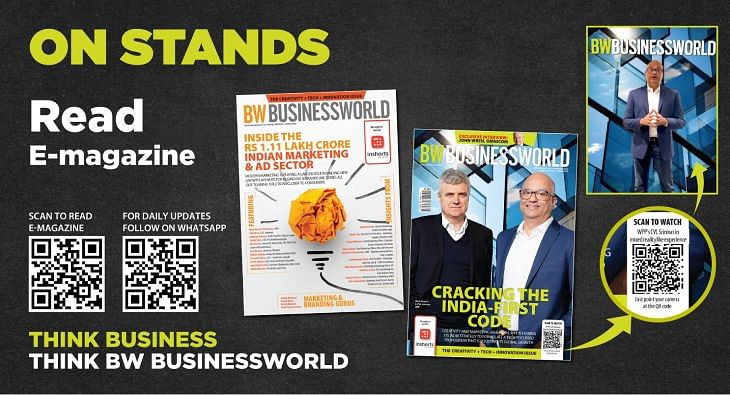

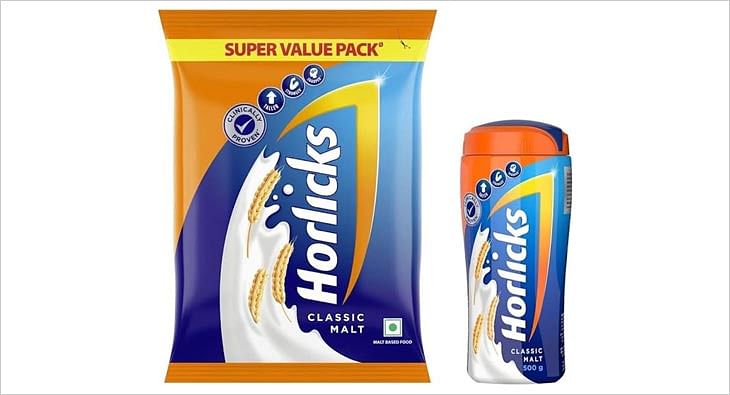
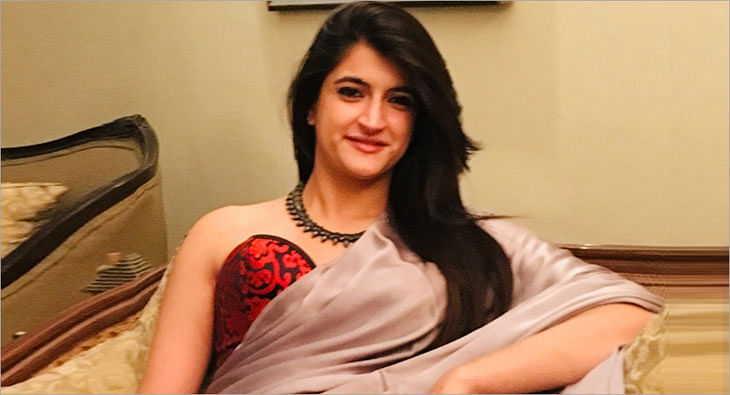
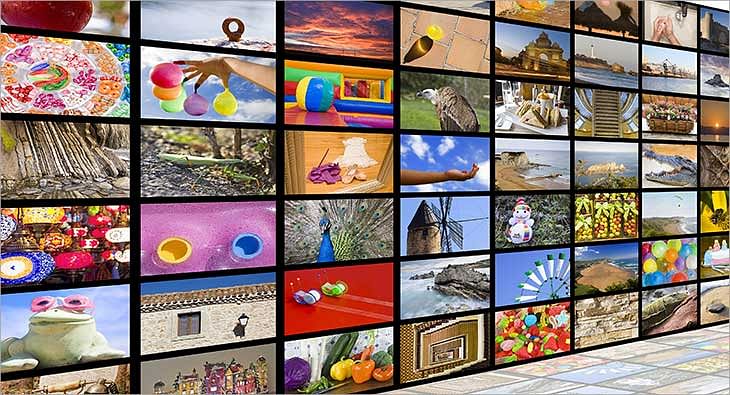




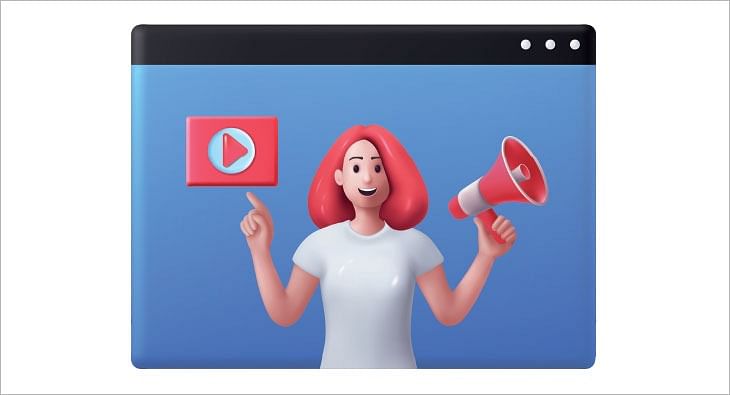
 Share
Share
